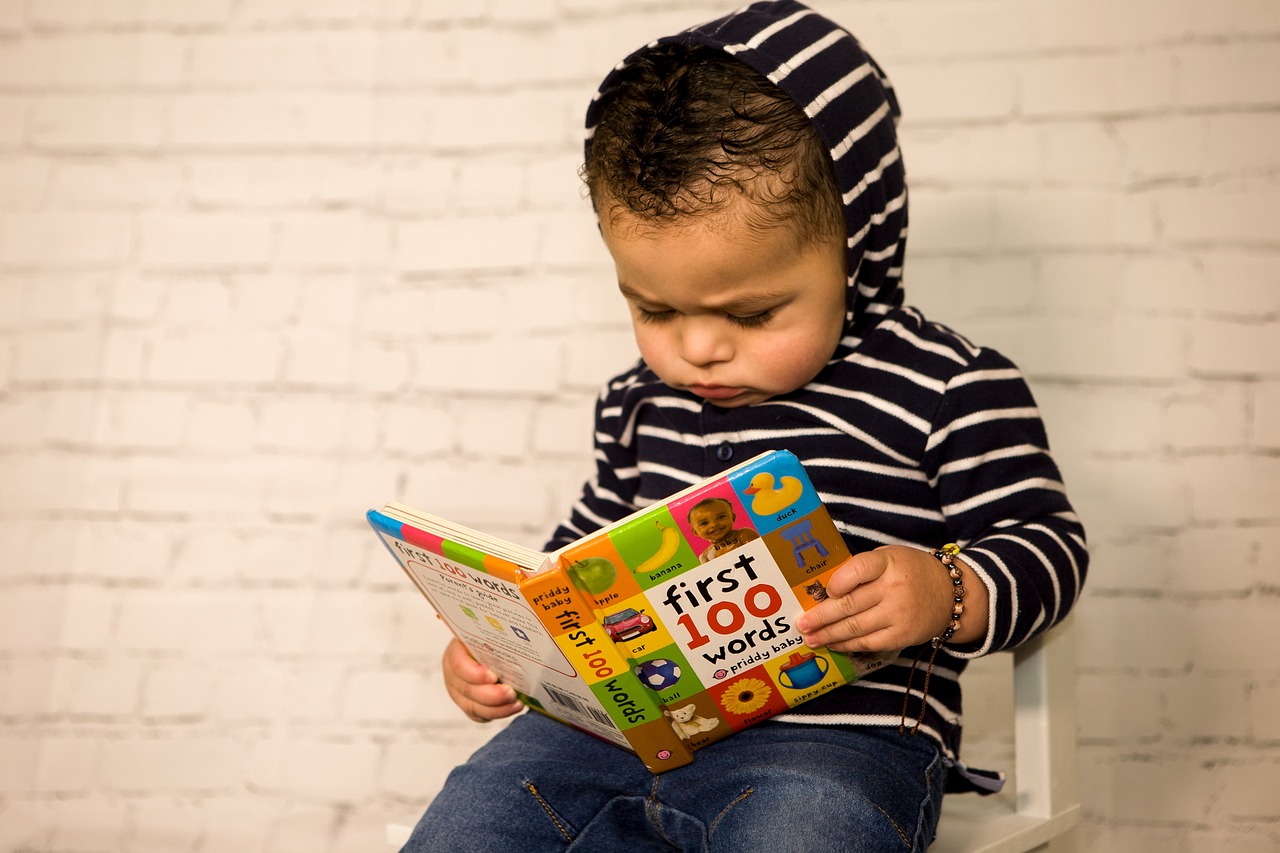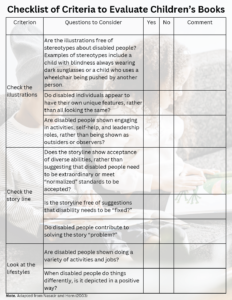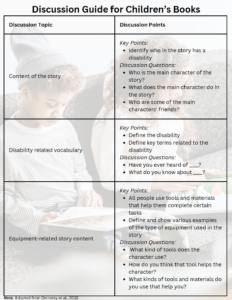Written by: Crystal Williams, Ed.M. & Rashaad Young
Inclusive classrooms (that include students with and without disabilities) are becoming more common, but they still are not the norm. Students with disabilities are often segregated to special classrooms for most or all of their day, limiting their opportunities to interact with peers without disabilities. This separation of students by disability label also limits opportunities for students without disabilities to learn about and from their disabled peers. Whether students with and without disabilities are educated together or not, educators can intentionally use children’s books to teach all students about the experiences of disabled individuals, which will help promote more inclusive mindsets in society’s youth.
When using books to encourage supportive attitudes towards individuals different from oneself, it is important to ensure students can access books that positively represent diverse abilities. Nasatir and Horn (2003) developed criteria for evaluating children’s books, displayed in the checklist below. Educators of all grade levels can use the checklist to assess books using these criteria. While scoring a “yes” for each line is ideal, it is possible that a book can be modified or critiqued by students if/when criteria are not met. For example, if a book contains outdated language, but otherwise meets the criteria, an educator can replace the outdated words while reading aloud and/or explain to students that the language used to describe disabilities changes over time. When completing the checklist below, educators can leave notes in the comments sections about modifications to make when using the book. Finally, when working with older students (e.g., middle school, high school), educators can teach students to assess books using these criteria in small groups or individually.
Access a downloadable PDF copy of a checklist like the one created by Nasatir and Horn (2003) by clicking on the image below!
Another thing that teachers can do when they are intentionally using books that represent disabilities is to create a discussion guide. Ostrosky et al. (2015) shared a discussion guide template that includes four topics, shown in the table below. When educators use this discussion template, they can pre-plan key points they want to discuss and develop questions they will ask students about the book. Examples of key points and questions are shown in the table, but these could be changed for each book. As students get older, educators can scaffold students’ abilities to engage in discussions on these topics.
Access a downloadable PDF copy of a discussion guide like the one mentioned above by clicking on the image below!
References
Nasatir D. & Horn E. (2003). Addressing disability as a part of diversity through classroom children’s literature. Young Exceptional Children, 6(4), 2-10.
Ostrosky, M. M., Mouzourou, C., Dorsey, E. A., Favazza, P. C., & Leboeuf, L. M. (2015). Pick a book, any book: Using children’s books to support positive attitudes toward peers with disabilities. Young Exceptional Children, 18(1), 30-43. https://doi.org/10.1177/1096250613512666
Image credit: Pixabay.com, CC0

















